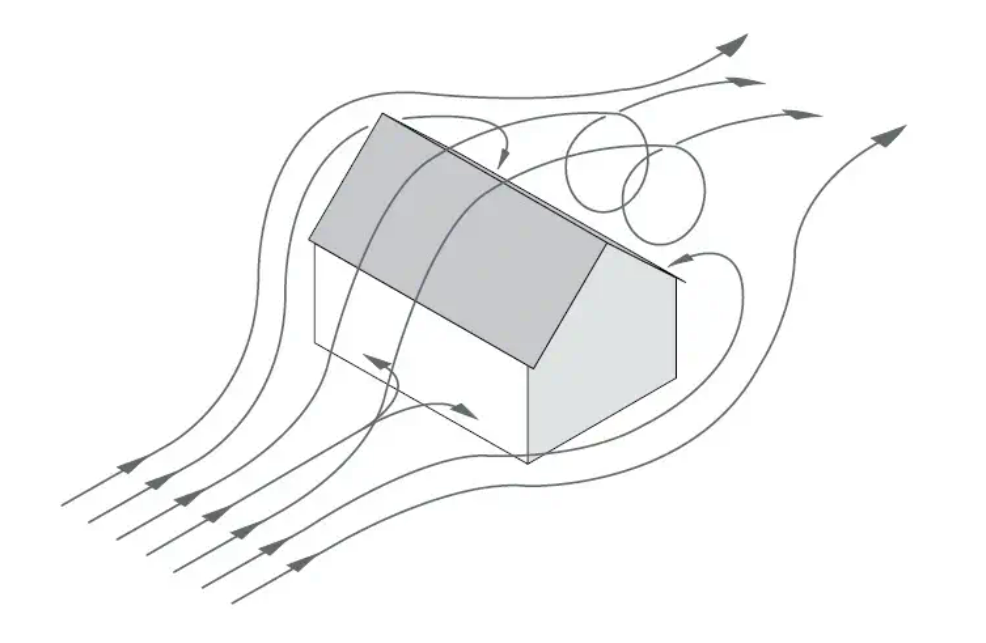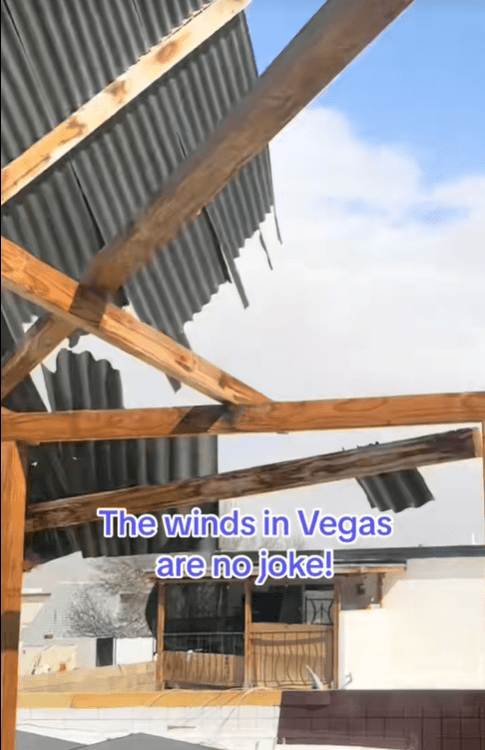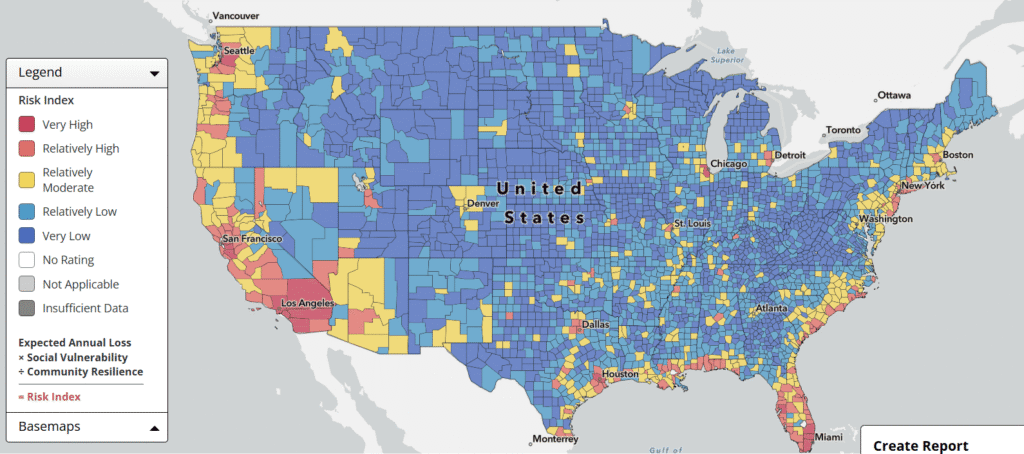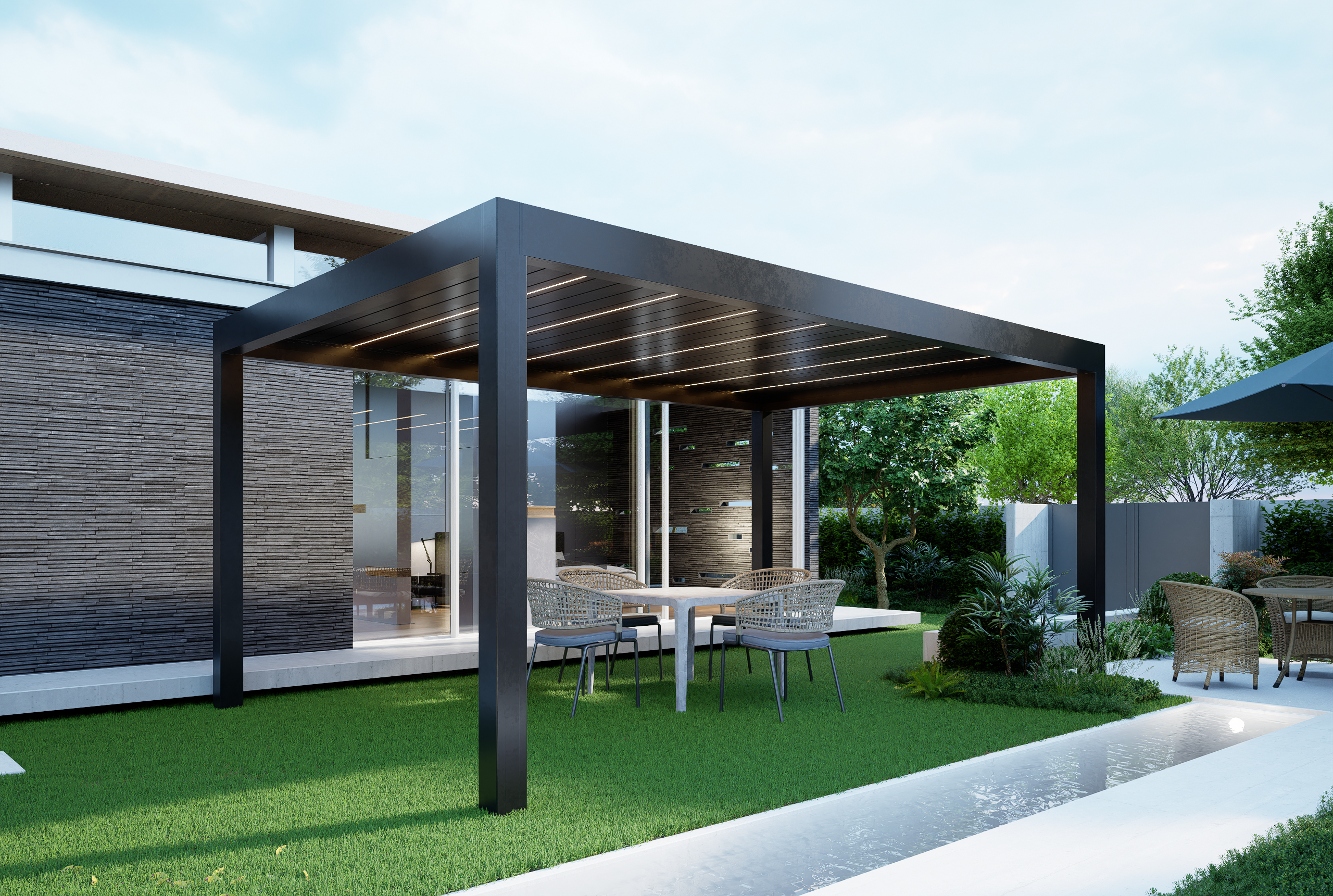상상해 보세요. 갑자기 돌풍이 뒷마당을 휩쓸 때, 당신의 퍼골라는 굳건히 서 있을까요? 아니면 뒤틀리고, 처지고, 심지어 무너질까요?
원인은 무엇일까요? 바로 바람 저항입니다.
주택 소유자에게 풍압 저항은 퍼골라를 선택할 때 가장 먼저 고려하는 요소는 아닐 수 있지만, 실외에서 알루미늄 퍼골라의 내구성을 테스트하는 중요한 기준 중 하나입니다. 퍼골라가 풍압 저항 등급을 받지 않으면 플로리다 해안 폭풍부터 콜로라도 산악 지역의 돌풍까지 아름다운 야외 공간이 막대한 손실을 초래하는 재난 현장으로 변할 수 있습니다.
바람 저항이란 무엇인가?

바람 저항성은 건물 구성 요소나 구조물(예: 차양, 문과 창, 커튼월 등)이 바람에 노출되었을 때 바람 압력을 견디고, 구조적 안정성을 유지하며, 손상이나 기능적 고장을 방지하는 능력을 말합니다.
왜 바람 저항이 그렇게 중요한가요?
바람 저항은 건물 구조의 안전성, 내구성, 사용 수명 및 개인 안전과 직결되므로 중요합니다. 특히 차양, 문 및 창호 시스템과 같이 옥외에 노출되는 부품의 경우, 바람 저항이 기준에 미치지 못하면 재산 손실뿐만 아니라 개인 상해까지 초래할 수 있습니다.

사례 연구: 라스베거스에서 바람에 쓰러진 천막
바람 저항은 페르골라 시스템에서 필수적인 요소임을 알 수 있습니다. 따라서 페르골라를 구매할 때는 먼저 알루미늄 페르골라에 필요한 바람 저항 수준을 고려해야 합니다.
팁: 아래 표를 참고하여 필요한 풍저항 수준을 알아보세요.
바람 저항 수준 및 해당 풍속:
| 수준 | 풍압(Pa) | 대략적인 풍속(m/s) | 동등 보퍼트 레벨 | 바람 설명 |
|---|---|---|---|---|
| 레벨 1 | ≤ 500파스칼 | ≤ 18m/s (~65km/h) | 레벨 8 | 강한 바람 - 나뭇가지가 나무에서 부러짐 |
| 레벨 2 | ≤ 700파스칼 | ≤ 22m/s (~79km/h) | 레벨 9 | 강풍 - 약간의 구조적 움직임 |
| 레벨 3 | ≤ 1000 파스칼 | ≤ 30m/s (~108km/h) | 레벨 10 | 나무 전체가 흔들리고 바람에 맞서 걷기가 힘듭니다. |
| 레벨 4 | ≤ 1500파스칼 | ≤ 35m/s (~126km/h) | 레벨 11 | 나무 뿌리 뽑힘, 구조적 손상 경미 |
| 레벨 5 | ≤ 2000 파스칼 | ≤ 40m/s (~144km/h) | 레벨 12 | 심각한 폭풍 - 일부 구조적 결함 |
| 레벨 6 | ≤ 3000 파스칼 | ≤ 50m/s (~180km/h) | 레벨 13 | 태풍급 위력 - 지붕과 설비 위험 |
| 레벨 7 | ≤ 4000 파스칼 | ≤ 55m/s (~198km/h) | 레벨 14 | 광범위한 피해 - 창문과 페르골라가 손상됨 |
| 레벨 8 | ≤ 4500 파스칼 | ≤ 60m/s (~216km/h) | 레벨 15 | 강력한 태풍 - 고급 구조물만 서 있음 |
| 레벨 9 | ≥ 5000 파스칼 | ≥ 65m/s (~234+ km/h) | 레벨 16+ | 극심한 바람 - 허리케인 또는 슈퍼 태풍 구역 |
풍속 저항 등급은 무엇입니까?

내풍성 등급이 높을수록 제품이 변형, 풀림 또는 붕괴 없이 견딜 수 있는 풍압이 더 강합니다. 예를 들어, 일부 해안 지역, 강풍이 잦은 지역, 또는 고층 건물에서는 더 높은 내풍성 등급이 요구됩니다.
우리의 프로골라스 알루미늄 페르골라의 바람 저항 수준은 어떻습니까?
퍼골라가 생산되면 즉시 엄격한 공장 테스트를 실시합니다. 여기에는 내풍성 테스트, 방수 테스트, 눈 하중 테스트 등이 포함되지만 이에 국한되지는 않습니다. 내풍성 테스트의 평균 결과는 180~220km/h로 표의 레벨 6~레벨 8에 해당하며 강력한 태풍의 피해를 견딜 수 있습니다.
바람에 강한 알루미늄 페르골라가 다른 페르골라보다 나은 이유는 무엇입니까?
모든 페르골라가 바람의 힘을 견디도록 제작되는 것은 아니지만, 바람에 견딜 수 있도록 제작된 알루미늄 페르골라는 이 점에서 목재, 강철 및 바람에 견딜 수 있도록 제작된 알루미늄 페르골라보다 훨씬 뛰어납니다.
구조적 무결성을 고려하여 설계되었습니다
풍속 등급 알루미늄 페르골라는 다음으로 만들어집니다. 고품질 알루미늄 합금(예: 6061-T5) 강화된 조인트와 더 두꺼운 빔(1.8mm 이상 두께)을 사용합니다. 바람에 휘거나 갈라질 수 있는 목재와 달리 알루미늄은 모양을 유지하며 조인트가 녹슬어 바람 저항력이 약해질 수 있는 강철과 달리 알루미늄은 해안 바람에도 부식에 강합니다..
풍력 표준 테스트 충족
적합한 내풍성 알루미늄 퍼골라는 업계 표준에 따라 테스트됩니다. 예를 들어 ASTM E330(풍하중 시험)에는 특정 풍속 등급(예: 90mph, 110mph)이 표시되어 있으므로 해당 지역의 풍속에 따라 적합한 모델을 선택할 수 있습니다.연방 비상 관리청(FEMA) 풍향 지도 참조).
안정적인 앵커 시스템
바람에 강한 디자인은 견고한 프레임뿐만 아니라 12인치(약 30cm) 이상의 콘크리트 기초, 아연 도금 볼트, 그리고 들림 방지 브래킷 등 견고한 앵커를 사용합니다. 이러한 앵커는 바람에 의해 퍼골라가 들뜨거나 움직이더라도 지면에 단단히 고정되도록 합니다.
바람에 강한 알루미늄 페르골라를 올바르게 선택하는 방법은 무엇입니까?
메모: 모든 "내풍성 등급"이 신뢰할 수 있는 것은 아닙니다. 신뢰성을 보장하기 위해 다음 사항을 확인하세요.

풍속 등급 확인: 해당 지역의 최대 풍속에 맞는 모델을 선택하세요(예: 허리케인 발생 위험이 있는 지역의 경우 110mph 이상).
프레임 두께 확인: 1.8mm 이상의 알루미늄 보는 얇은 보는보다 굽힘에 더 강합니다.
관절 강화에 대해 문의하세요: 바람의 힘에 더 견고하게 연결할 수 있는 용접이나 볼트 연결(나사 연결만 사용하는 것보다)을 선택하세요.
앵커 요구 사항 확인: 제조업체에서 콘크리트 기초나 지반 고정 장치(헐거운 토양에 중요)에 대한 사양을 제공하는지 확인하세요.
각국의 페르골라 내풍성능 기준
기후, 건축법규, 엔지니어링 관행의 차이로 인해 페르골라의 내풍성 성능 기준은 국가마다 다릅니다.
미국:
- 최소 풍하중 기준: 국제 건축법 위원회(ICC)는 대부분의 지역 건축법을 충족시키기 위해 페르골라에 대한 기준 풍하중 요건을 최소 90mph로 정했습니다.
- 허리케인 발생 위험 지역: 플로리다와 같은 주에서는 퍼골라가 마이애미-데이드 카운티 건축법과 같은 엄격한 기준을 준수해야 합니다. 마이애미-데이드 카운티 건축법은 실험실 테스트를 거친 내풍 설계를 요구합니다. 허리케인 등급 구조물의 경우, 이러한 기준은 종종 시속 130~195마일(약 212~300km/h)의 풍속을 목표로 합니다.
영국:
- 주거 성능 기준은 지역 풍속, 건물 높이, 표면적을 고려하는 유로코드와 영국 표준 풍하중 계산을 따릅니다.
- 상업적으로 사용할 경우 일반적으로 풍속이 90~120mph(145~190km/h, 이 표에서 5~7위)로 평가됩니다.
- 이 외에도 표준은 지역마다 다릅니다.
- 해안 지역(예: 콘월, 스코틀랜드 북부)에서는 일반적으로 50~60mph 이상의 풍속이 필요합니다.
- 내륙 지역(예: 런던, 버밍엄 등)에는 30~40mph의 풍속이 필요합니다.
- 폭풍이 잦은 지역(예: 글래스고, 콘월 등)에서는 돌풍이 시속 80마일(약 136km/h)이 넘을 수 있으므로 견고한 설계가 필요합니다.
호주、뉴질랜드:
- 풍하중 기준은 AS/NZS 1170.2에 따라 정해지며 지역마다 다릅니다(예를 들어, 퀸즐랜드와 같은 해안 지역은 사이클론 발생 위험이 더 높습니다).
- 바람이 강한 지역에서는 페르골라가 일반적으로 시속 100~150km(62~93mph)의 풍속을 견뎌야 하며, 보통 알루미늄이나 강철로 만들어지고 단단히 고정됩니다.
결론: 바람 저항 = 마음의 평화
퍼골라는 걱정이 아닌 휴식을 취할 수 있는 공간이어야 합니다. 바람에 강한 알루미늄 퍼골라는 단순한 "견고한 구조물" 그 이상입니다. 비가 오든 해가 뜨든(바람이 불든) 뒷마당을 즐길 수 있는 숨겨진 열쇠입니다.
해당 지역의 바람을 견딜 수 있는 페르골라를 선택할 준비가 되셨나요?
현지 풍력 기준에 따라 테스트를 거쳐 고품질 알루미늄으로 제작되고 보증이 제공되는 모델을 찾으려면 저희에게 문의하세요.
FAQ: 풍저항 표준
1. 풍속 등급이 있는 알루미늄 페르골라는 얼마만큼의 풍속을 견딜 수 있나요?
고품질 풍하중 알루미늄 퍼골라는 모델과 설치 방식에 따라 일반적으로 시속 180~225km(110~140mph)의 풍속을 견딜 수 있습니다. 제조업체에서 제공하는 구체적인 풍하중 등급을 항상 확인하십시오.
2. 알루미늄은 바람 저항성 면에서 나무나 강철보다 더 나은가요?
네. 알루미늄 퍼골라는 부식에 강하고 가볍지만 튼튼하며, 나무처럼 휘거나 강철처럼 녹슬지 않아 바람이 많이 부는 지역이나 해안 지역에 적합합니다.
3. 바람이 많이 부는 지역에 페르골라를 설치하려면 허가가 필요합니까?
대부분의 미국 주(예: 플로리다, 캘리포니아)에서는 가능합니다. 특히 해당 지역(예: 마이애미-데이드 카운티)에 내풍성 인증을 요구하는 건축법이 있는 경우 더욱 그렇습니다. 설치 전에 반드시 해당 지역 관할 당국에 문의하세요.


